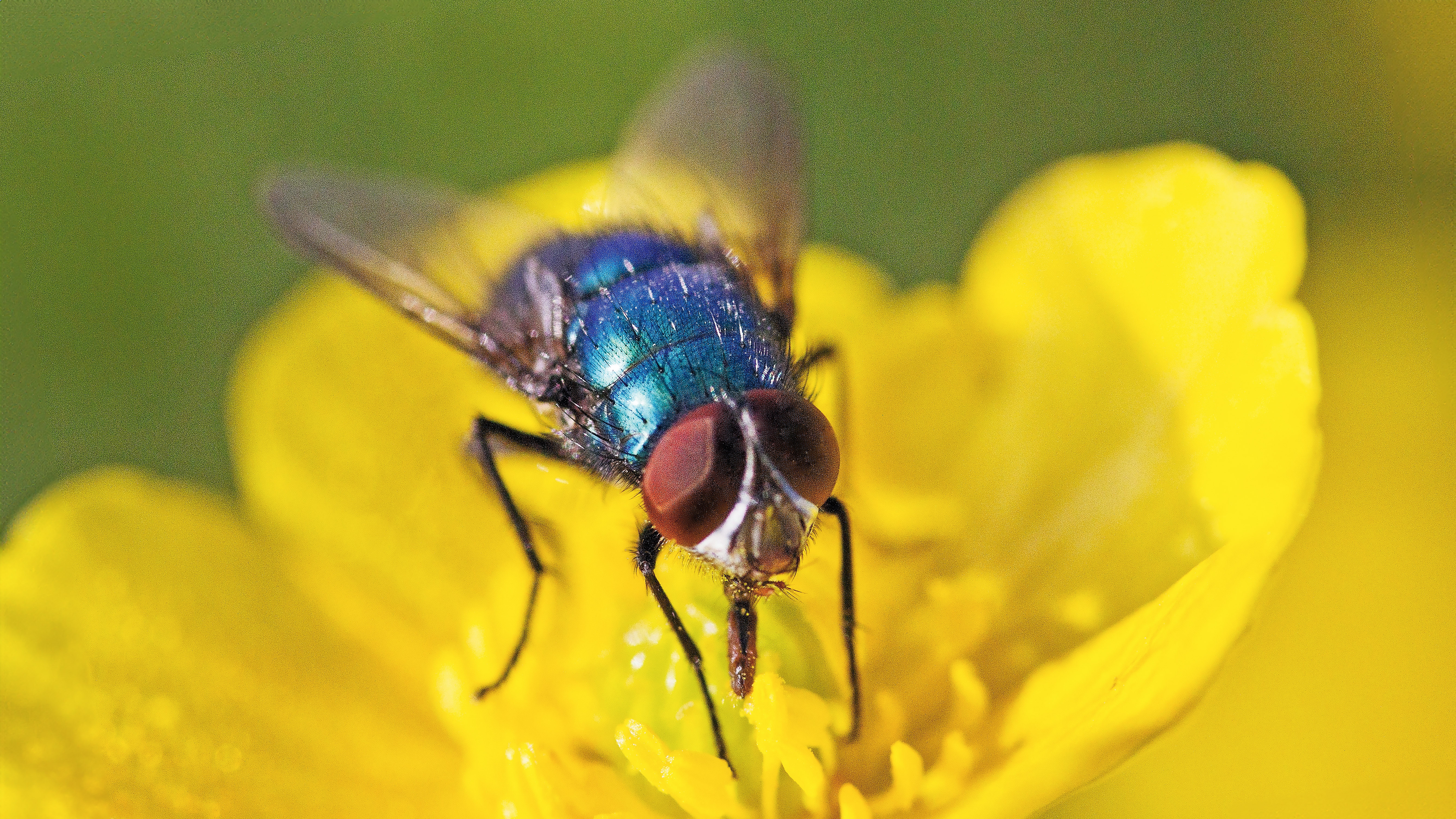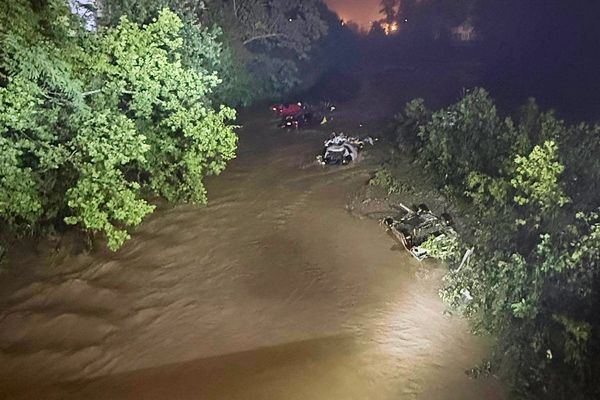
In one of Sir Arthur Conan Doyle’s Sherlock Holmes short stories, titled A Case of Identity, the famous fictional detective says, “It has long been an axiom of mine that the little things are infinitely the most important.”
It’s a sentiment that I’d guess most macro photographers would agree with, including me – perhaps because, when it’s done correctly, it enables you to view subjects in a dramatically new way, or at least in a very different light.
But because you’re focusing on very small details, it can be challenging to shoot macro photos. So, here are a few tips to get you started:
Use manual focus
One of the reasons I switch to manual focus when shooting macro photos is because macro lenses produce a very shallow depth of field, which can confuse autofocus systems and lock in on the wrong detail.
Instead, I switch my camera to manual focus mode and just carefully adjust the focus by turning the focus ring. And on many cameras, a magnified live view will appear on your LCD or in your viewfinder – which also helps you find the precise section of the photo you want in focus.

Make sure to stabilize your camera
Shooting with macro lenses is similar to shooting with a long telephoto lens: the slightest vibration can change or ruin your composition. So, use a tripod. If not, place your camera on a sturdy surface.
Additionally, if you’re handholding your camera, make sure its image stabilization system is turned on. And use single-area autofocus instead of continuous AF for stationary objects.

Be aware of the lighting
Of course, it’s always important to get the proper lighting in any photograph. But with macro photos, it can be tricky. For instance, bright, natural light may introduce too much contrast. So, consider using a ring light, which will soften the shadows.
Try to relax when shooting
Remaining calm and patient will also help produce successful macro photos. You need to be still, and smooth in your movements if you do need to make them, in order not to spook small subjects like insects. But controlling your breathing and avoiding erratic movements will prevent camera shake – which will be amplified when shooting macro, introducing blur.
You might also like…
To successfully shoot small, make sure you're using one of the best macro lenses – and, ideally, pair it with one of the best cameras for macro photography.







